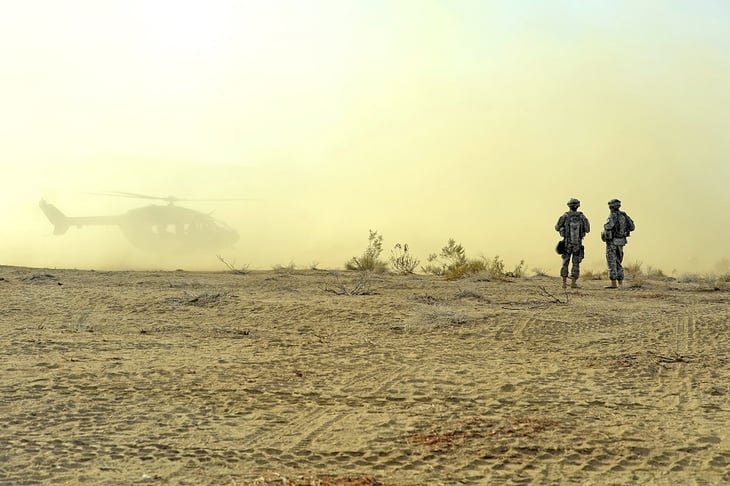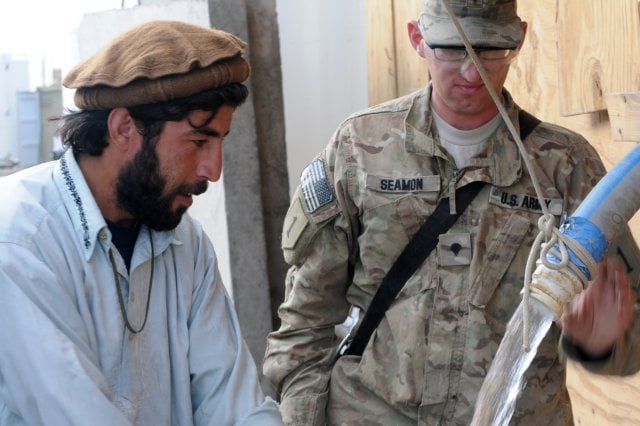In a domain of drab olives and sandy browns, green energy has become the focal point of the U.S. military's latest developments. The Army has been quietly tweaking its infrastructure towards sustainable energy over the last few years, and they've parlayed that momentum into the development of a completely new resource-management initiative entitled The Energy Security & Sustainability Strategy.
Efficiency and resource management have always been cornerstones of the military's operations. In the past, energy, water and land resources were effectively considered as operational constraints - something that had to be worked around at the expense of effectiveness. With the ES2 Strategy, the U.S. Military seeks to totally change the way that energy and natural resources are used within the framework of operations both abroad and at home.
The new resolve to go green isn't just about cutting costs - it's about saving lives. For military operations abroad, a lack of resources can be a life-or-death issue. According to a 2011 report, 1 out of 8 soldiers that were killed in Iraq died protecting fuel convoys. As the military lessens its reliance on fossil fuels, less lives will have to be put at stake. Cutting down on pollutive technology may also result in fostering a better relationship with local communities. War can obviously be environmentally destructive when it comes to combat - but the environmental threat extends beyond the immediately obvious. After the explosions have blackened the earth, the chemical fallout and lead contamination can cause problems for inhabitants of the warzone long after the troops have left. An overall cleaner military operation may help avoid local resentment while minimizing the long-term environmental damage to the area.
As urbanization increases throughout the world and the rising global middle class drives a more competitive resource market, the Army's decision to become more resource-conscious seems both intelligent and timely. The U.S. military complex has been targeted for being one of the world's most pollutive organisations, but the criticisms seem to have been heard - and with time and effort, future environmental talk surrounding the Department of Defense may be for all the right reasons.
Read the full ES2 report here.





